
SEO for Plumbing Companies: How to Rank and Generate Leads Online
The only difference is that most plumbers tend to make a lot of mistakes with their websites…..
Are you a part of a nonprofit organization or do you run a private foundation? Are you looking for the right way to reach more people, make a greater impact, and attract more sponsors?
If yes, then you need to consider digital marketing. There are several digital marketing methods that you can leverage today, but SEO is the most reliable. Keep reading and I’ll prove it.
In case you’re new to this:
Search Engine Optimization (SEO) is the practice of improving your website so that people who are searching for nonprofits near them in the search engines (for example, Google) can easily find you, call your phone number, or visit your office.
If you’re wondering how to do it or you want Scott Keever and team to help you,
Book a Free Consultation and let’s talk about it.
SEO all boils down to positioning your website in the first page of Google since 93% of searchers will not see the second page results.
In other words, SEO = Online Visibility.
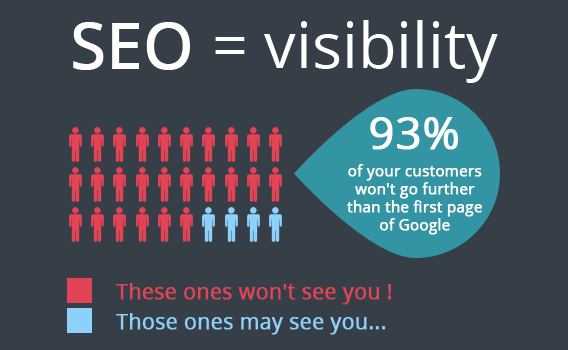
The essence of nonprofit organizations is to improve the quality of life of the people. Without some of the renowned nonprofits, many lives would have been maimed and hope dashed.
For most nonprofits, there are two sides to the coin: They have to make an impact in the society and also attract viable sponsors to help out with the work.
The number of nonprofits is growing all around the world especially in the United States.
According to the National Center for Charitable Statistics (NCCS), there are more than 1.5 million nonprofit organizations registered in the U.S. alone. This number comprises private foundations, civic leagues, as well as public charities.
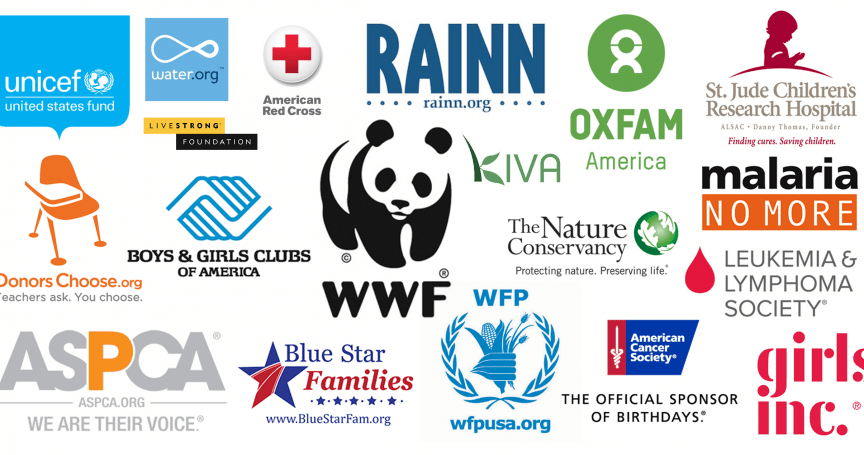
With this growing number, how do you set your foundation or charity apart in order to make an impact on people’s lives and attract more donations?
I’ll show you exactly how to do it using search engine optimization (SEO). But first, let’s discuss why you should even read this post.
According to Lester M. Salamon, the author of The State of Nonprofit America, too little attention has been paid to America’s nonprofit sector. There’s a significant tension that needs to be curtailed so that nonprofits can once again bloom.
Too little attention? That’s not a good sign of growth in a sector that primarily caters to human lives in all ramifications.
Trust me, you need SEO to help improve your website. Yes, that same website where you accept donations and showcase your accomplishments, ongoing projects, and all.
If you can get this website to rank well in Google search engine for certain keywords (such as nonprofits near me, charity organizations near me, foundations in California), this can dramatically improve your fundraising efforts and make it a lot easier for you to achieve your charity’s goals and fulfill its mission.
Let’s summarize the reasons why you need to embrace SEO:
i). Fundraising: Did you know the potential sponsors and donors who truly care about a social issue or cause are using search engines like Google to find nonprofit organizations in their locality. [source]
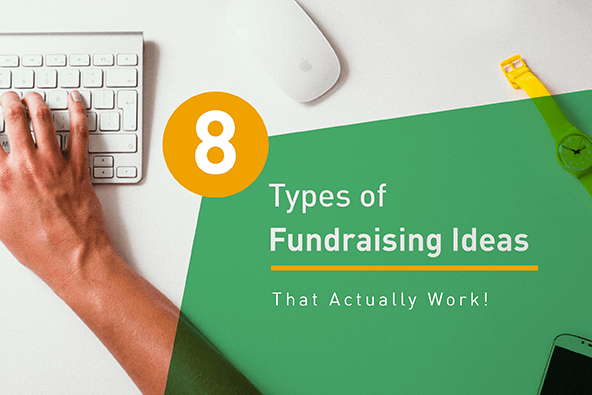
These people want to help but they need to find you first.
No, they don’t use Facebook, Twitter, or Instagram to find organizations that drive these causes. They only use search engines. Bear that in mind!
Imagine if 1,000 potential donors and supporters find your website on the first page of their search results, don’t you think they’ll visit your website to learn more about your causes, and possibly donate money to push it forward?
Of course, they can. If they understand your cause well, they can even become active supporters and brand ambassadors. The opportunities are just endless.
ii). Your mission: Fulfilling your nonprofit’s mission is the key. To a large degree, this mission wouldn’t be far from improving lives.
If you create and publish useful content (e.g., articles, white papers, videos, infographics) on your website, it can have a positive impact on the people. According to John Hayden, 21% of nonprofit communicators will spend time creating website articles to engage their audience.
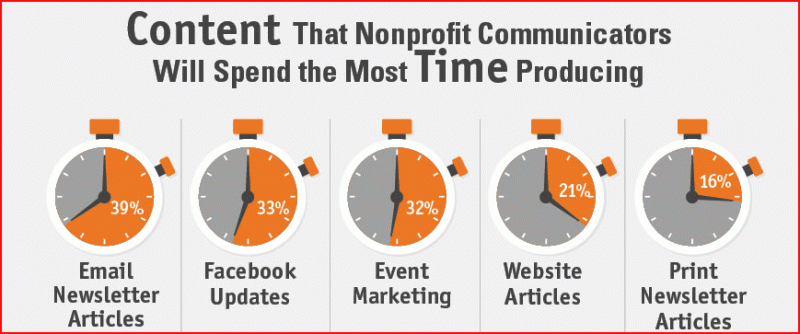
If your content is helpful, people will share your content on social media. Before long, you’re creating awareness and becoming a trusted nonprofit organization in your area.
What are the specific ways for a nonprofit’s website to get discovered in the search engines and attract sponsors, donors, and potential ambassadors?
If your nonprofit brand, cause, or project is clear and people are already familiar with it in your city, local, state, or country, then it’s important to optimize for your brand.
Certain keywords (e.g., charities near me) may be difficult to rank for in Google first page, but if you optimize your website pages for your brand name, then you can easily rank in number #1.
For example, when I search for Red Cross, I see the American Red Cross ranking at number #1 in Google. That’s because they have ‘optimized’ for their name.
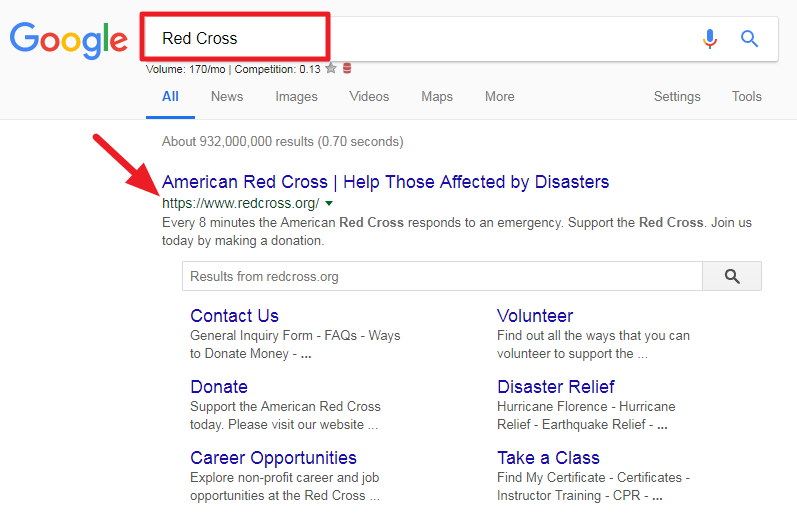
Since a lot of nonprofits are known by their names, it’s important to leverage it. If you create useful articles consistently for a few months, say 2 to 3 months, then Google will start to rank your name as #1.
Your site structure MUST be in order also, that’s why hiring a professional website designer who understands SEO is critical to your long-term success.
Local search engine optimization is one important aspect of SEO that focuses on optimizing or improving your website so that local donors, sponsors, and career seekers can easily find your nonprofit’s website in Google.
Every effective SEO campaign MUST begin with keyword research. So if you want your website to be visibility locally, then you must target local keywords that are easy to rank. [source]

Most nonprofit organizations operate within a locality. They may have multiple locations but to make more impact, the local audience must be the first beneficiary or supporters of the work.
Therefore, find the keywords these local users are inputting into Google and use them on your website.
If you want people in your area to ‘easily’ find you in Google, then your website must be listed on Google maps. You can add your nonprofit’s name, address, and phone numbers to Google My Business.
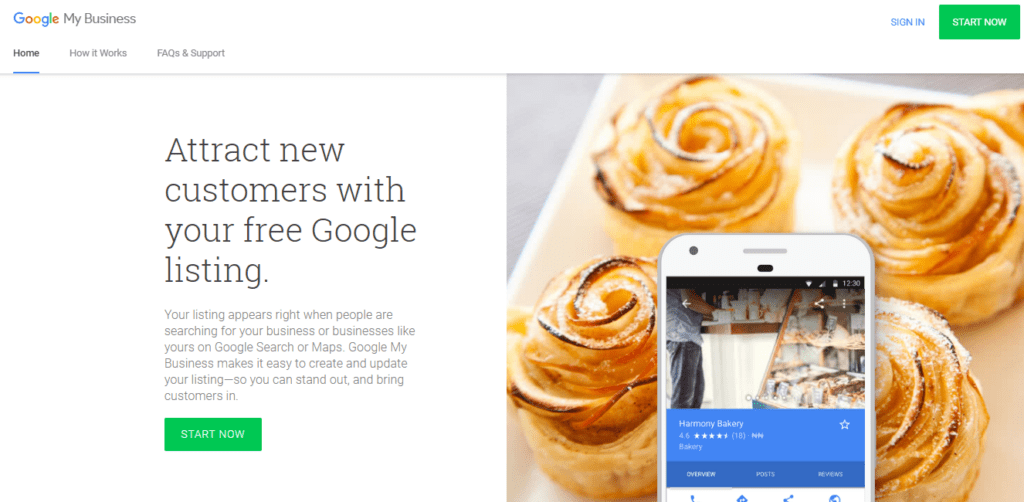
Google and other search engines tend to be biased in their algorithm. Or so it seems.
For example, it’s easier for you to rank for search terms or keywords related to your region, such as “Soup Kitchen Miami,” and also rank well for general terms like “Soup Kitchen” when someone enters the keyword in Google search box from within your location.
That said, here are specific ways to improve your local search rankings in the Google maps:
i). Create a Google+ Page: Since you’re going to be listed in Google My Business, there’s no better way to drive visibility other than to use Google’s own social media network — Google+.
Google+ would help your local rankings if you create your page and optimize it with your target search terms.
But that’s not all, make sure your Google+ page is active and engaged. Post new content, network with other people, and re-share other people’s images and posts.
ii). Encourage reviews: Trust me, Google tends to trust certain websites more than others. For example, popular directories like Yelp, Yellow Pages, Healthgrades, Government-owned websites, and educational websites are always trusted by Google.

So the best thing you can do is to get your nonprofit’s website listed on any of these websites. And there are tens of thousands of them.
When you list your website on these authoritative websites, you’re giving more people the chance to write honest reviews and this can boost your nonprofit’s credibility in the search engines. Did you know that products that receive the most reviews on Amazon are pushed to the top in their category? That’s a fact!
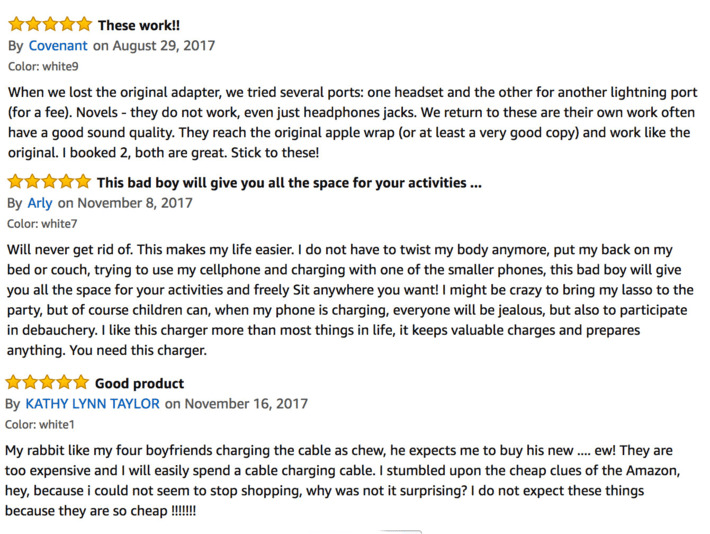
The more positive reviews you generate from people who have participated or currently working with your nonprofit, the more rankings you’d get over sites that have poor or fewer reviews.
iii). Use Google Maps: One of the signals that Google is constantly looking out for is whether or not a website uses one of their products.
That’s why embedding a Google Map to your contact page is important as it can improve the core factors that influence search rankings.
Remember that Google gives ranking priority to websites that use any of its tools and platforms such as Google+, Google My Business, Google addons, etc.
Content marketing should never be an afterthought in your nonprofit SEO strategy. In fact, content, to a large extent, influences other algorithm ranking factors.
For example, if you contextual links (i.e., links that appear within a unique and valuable content), such a link will carry more juice as compared to a link that appears in the website footer.
As a nonprofit organization, your cause or mission may be clear and interesting to you but it may not make any sense to potential donors, sponsors, and prospects. Creating useful content and telling a story in the process could help you penetrate the hearts of people.
Due to the nature of nonprofit organizations, creating custom articles, videos, and multimedia content that stems from their brand, and blended with memorable stories could stir up action in the lives of people.
As it is with 57% of online marketers, custom content should be a top priority for you. Why? Because 78% of people will trust you your nonprofit if you create more customized content.
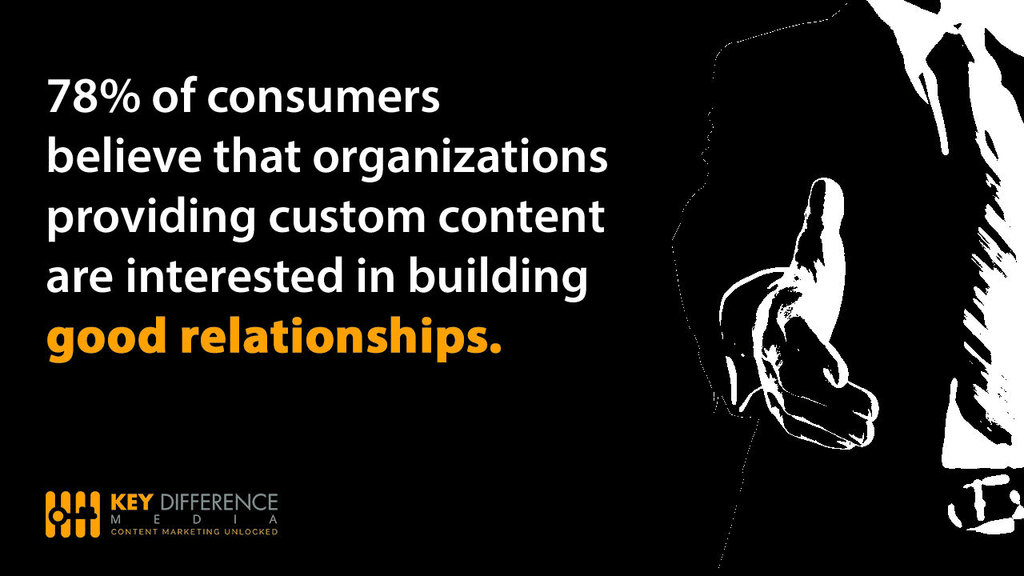
If you’re ready to create custom content that will rank in Google top results, here are the content types to focus on:
Stories from you cause
Event or Cause recap
Data/statistical content
Infographics
Testimonials
Photo gallery
Videos
Slideshare/Powerpoints
Webinars
In creating any of these content formats, keep these best practices in mind:
i). Create quality content: Make sure your article, video, or infographic is original and helpful. Don’t rewrite the articles you find on other nonprofit’s website. Google frowns at it and your audience will hate you for it.

That’s why it’s important to conduct market research so you can identify questions that people are asking related to your nonprofit organization. With these questions, it’s pretty easy to create valuable content.
Also, you can provide a unique perspective on a popular topic (e.g., fundraising). Go the extra mile to discuss uncommon ways to raise funds as a nonprofit organization. Your target audience will love it and Google will reward you with good rankings.
ii). Target long-tail keywords: Long-tail keywords are easier to rank in Google. They’re more defined, and often times, have 4 or more words and conversational in nature. [source]

Examples of long-tail keywords:
Individual donor fundraising plan
What is a donor base
Individual donors for nonprofits
How to become an ambassador for an organization
These keywords are different from head keywords that are not defined and contain fewer words. For example:
Fundraising
Celebrity charity ambassador
Nonprofit project
To find these long-tail keywords, let’s use Ubersuggest. Enter your main keyword (e.g., fundraising tips) and click the “Search” button.

Then scroll down to find the long-tail keywords you should target in your articles and videos.
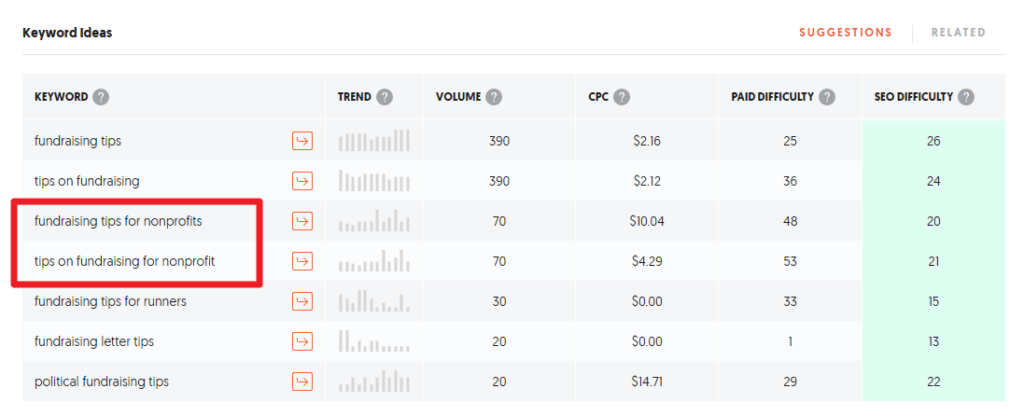
Note: You can repeat the process to get more long-tail keywords. Enter a different keyword in the search box, hit the search button, and you’ll see a new set of long-tail keywords.
As I stated earlier, a good content strategy hinges on successful keywords research. In the nonprofits sector, there are big brands which you can’t beat in the search engines.
For example, if your nonprofit’s website is fairly new, there’s no way you can rank higher than the American Heart Foundation. Because the latter has been in existing for decades. As a result, Google trusts the website more.
So instead of writing about “fundraising for nonprofits” which has an average of 2,900 searches per month in Google, you should target a long-tail keyword such as “how to build an individual donor base.”
You see, both keywords are interwoven. The former will be difficult to rank because there are more than 16 million websites competing for the first page. Take a look:

But the second search term (i.e., how to increase donor base) is not that competitive.

So make sure you focus on long-tail keywords. Create content to answer questions related to long-tail keywords.
More importantly, you should also target ‘family search terms’ or what is popularly referred to as LSI keywords. This simply means keywords that mean the same thing but are different at face value.
So let’s say you’re writing an article that targets “nonprofit ambassadors job opportunities,” instead of repeating the same keyword over and over again in your article, try mixing it up with another synonym such as volunteer ambassador jobs, etc.
Search engines are smart enough to know that you’re talking about the same thing on your website. And you’ll not be gaming the search engine algorithm if you use synonymous words to create ‘truly’ helpful article. In fact, Google will reward you with better rankings.
As an example, People Against Poverty ranks at number #1 for the search term “becoming an ambassador for a charity.” One of the reasons for this is because the page targets other related keywords.

In the end, your content page may rank for the target keyword “nonprofit ambassadors job opportunities” and other synonymous keywords you’re targeting. Isn’t that awesome?
iii). Create comprehensive content: Go the extra mile to create long articles that are detailed, comprehensive, and data-driven. In other words, if other nonprofit organizations are writing 1,000-word articles on their websites, you should write 2,000 to 3,000 words.
Of course, this is time-consuming but it’ll be worth it when you see your website ranking at number #1 far above other nonprofit organizations’ websites. [source]

Since People Against Poverty, a nonprofit organization ranks at number #1 for the search term “becoming an ambassador for a charity” with less than 1,000 words, you can outrank this website if you create 2,000+ words, add more value, build more links to the page, and promote it on social media.
That’s exactly how to outrank your competitors in the search results.
User Experience or UX is how well you structure your website so that your users are able to find exactly what they’re looking for as quickly as possible.
If your website is easy to use, when people come via the search engines, they’ll spend more time there. And Google tracks “average time on site” and uses it to determine the value of your website.
To create a positive user experience, here are some of the effective ways that work:
i). Ease of navigation: Do you find it easy to navigate your nonprofit website? If it’s difficult for you, then your users will struggle with it as well.
But don’t make decisions solely on your observation. You could poll some of your website visitors or ask them questions to see which areas of your website are difficult to use. In optimizing for users, make sure you have a clean interface, useful content, page speed, page usability, and you meet user’s expectations.

ii). Mobile-optimized website: For your nonprofit organization to grow and achieve its goal, your website needs to be mobile-optimized. This simply means that your website must be accessible on any mobile device irrespective of the screen size.
Take this seriously because mobile search generates valuable outcomes for organizations. And 28% of mobile searches result in a call or store visit.
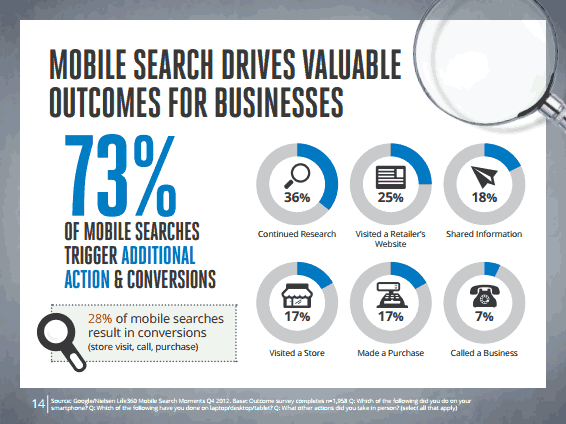
Google has introduced Mobile-First Indexing which is a bold step towards giving mobile users a preference. What this means is that Google considers the mobile version of your website first before looking at the desktop version or how it displays on desktop computers.

Consequently, if your website displays well on desktop computers but poorly on Smartphones and Tablets, Google will push your rankings down in their search engine.
This trend will continue for as long as people access websites from their mobile devices.
The best way to ensure that your website is mobile-optimized is by using a mobile-responsive website template or theme.
If your nonprofit website is hosted with WordPress CMS (ask your website designers what platform they used), then you can easily find mobile responsive WordPress themes.

Have you visited your nonprofit organization’s website on a mobile phone lately? How does it display?
Maybe you should try it if you haven’t done so. If you have to scroll sideways to see all the elements of that page, then your website is NOT mobile responsive. To be sure, though, use the Google Mobile Friendly Test Tool.

Worse, if you find it hard to click links because they’re so small on a mobile device, and you have to zoom in and out to navigate the page, then this is a good time to update your website.
If you’re not tech savvy or a website designer, you can easily hire a freelance website designer to make changes to the code and layout of your site at a reasonable price. But it’s important you take that step.
More than 160,000 new websites are launched every single day. 2 million new articles are published on a daily basis. This is a lot of competition. If you’re not smart, there’s no way your nonprofit organization will thrive.
Other nonprofit organizations that have more marketing budgets will outrank you in the search engines. That’s why you MUST constantly push your website to become popular, trusted, authoritative, and well-optimized for the search engines.
When it comes to gaining popularity online, which in turn, boosts your search rankings, there are three proven ways to do it:
i). Build high-quality links: One of the effective approaches that Google uses to determine how valuable a website might be is the number of referring domains. That is the number of websites that are linking to it.

When it comes to links, there basically two ways to add a link:
Inbound links
Outbound links
Inbound links are those links that other websites give you. For example, if BBC mentions your nonprofit organization and references your website, that’s an inbound link. [source]
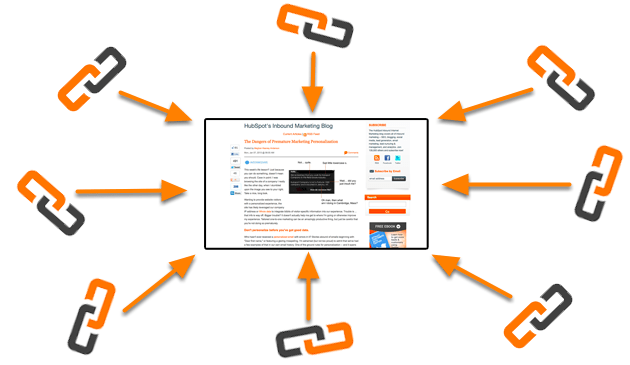
Outbound links, on the other hand, are the links you give other websites. For example, if you link out to an educational body that supports your cause, that’s an outbound link.
Even though both links are great, the one that will catapult your website to the top of Google is inbound links. You need as many relevant and trusted websites to link back to you.
Rather than waiting for other websites to link back to your site, you should do it manually through these strategies:
Guest Blogging
Link reclamation
Asking for links
Infographics’ links
Fixing broken links, etc.
Do you need help executing some of these link building strategies? Scott Keever can help you. Book a Free Consultation today, and we’ll get you 100s of high-quality links.
ii). Social Shares: Social signals are important to Google. They may not push your rankings to the top but social shares are a sign that people like your website and content.
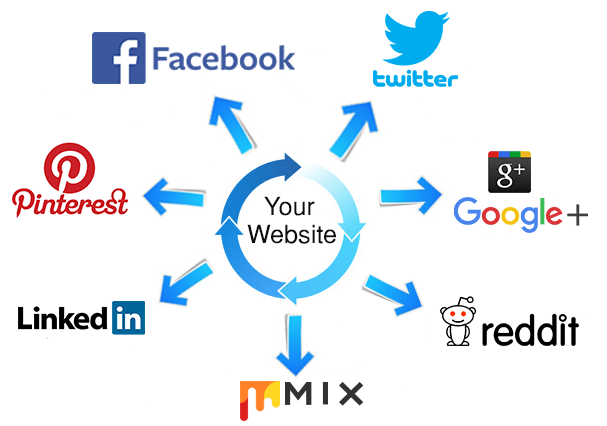
Whenever you create new content for your nonprofit organization’s website, encourage people to share it on Facebook, Like it, Retweet it, and pin the image on their Pinterest boards. Don’t forget to use Google+ as well.
Conclusion
Your nonprofit SEO strategy is comprised of keywords research, content creation, link building, social media marketing, and website traffic generation.
We’ve addressed all of these pointers but traffic.
Here’s why I didn’t go into much detail with traffic: When you successfully implement other digital marketing strategies, you’ll drive traffic to your website automatically.
To find out more, Get a free consultation with Scott Keever.
CEO, Keever SEO

The only difference is that most plumbers tend to make a lot of mistakes with their websites…..

Insurance website SEO can be tricky.
But don’t worry. I’ll show you EXACTLY how…

Are you willing to implement simple techniques to attract people searching…..
©2025 Keever SEO. All rights reserved.